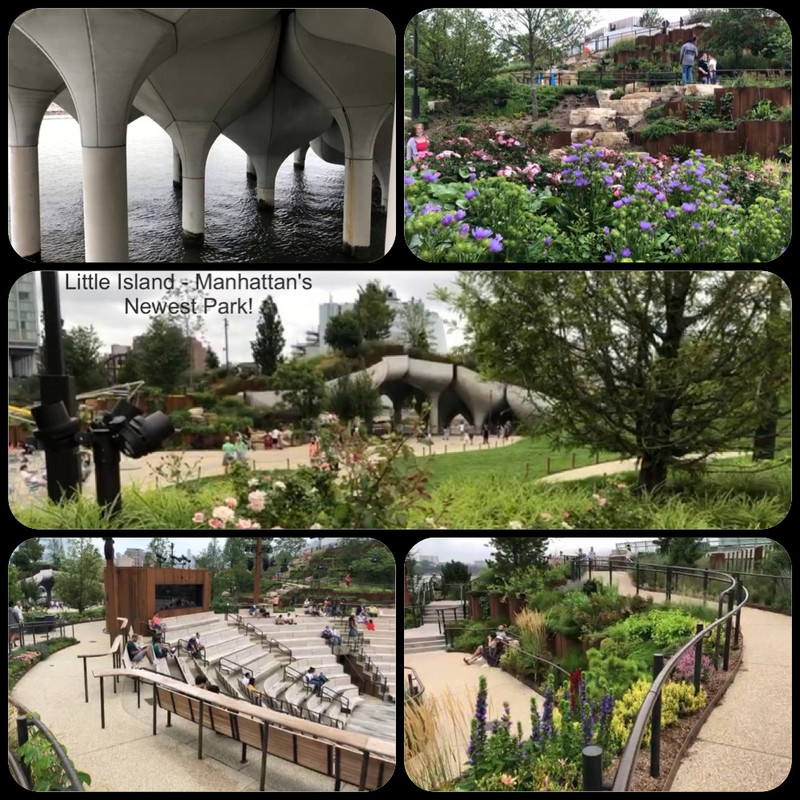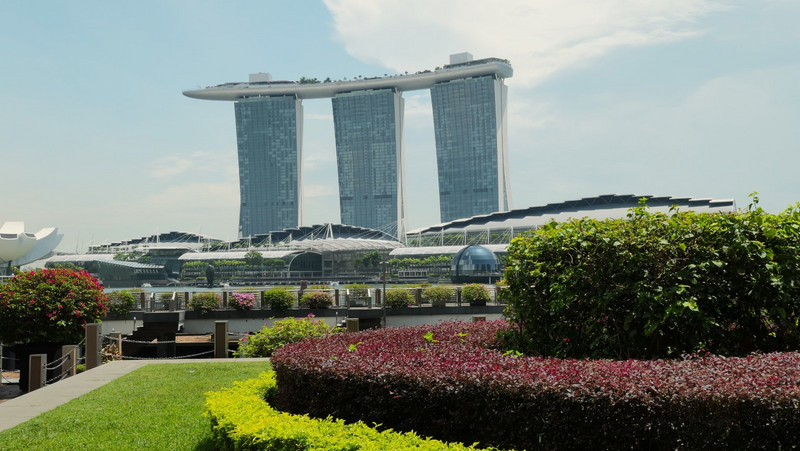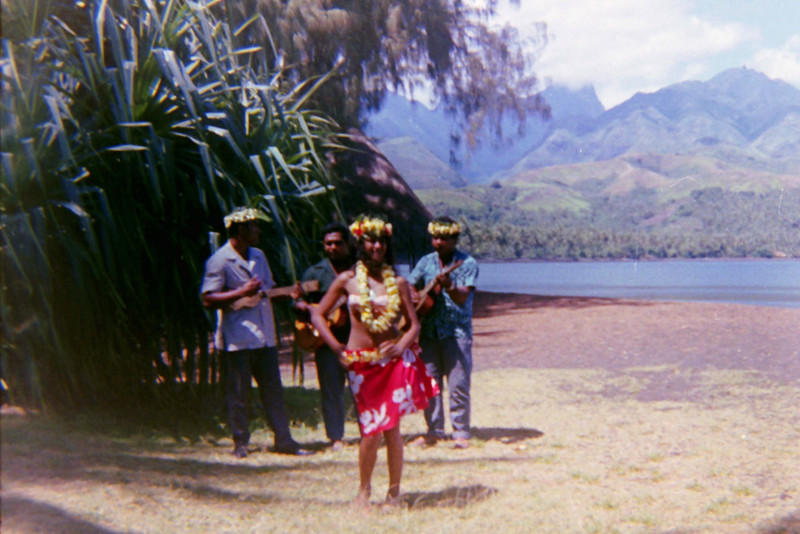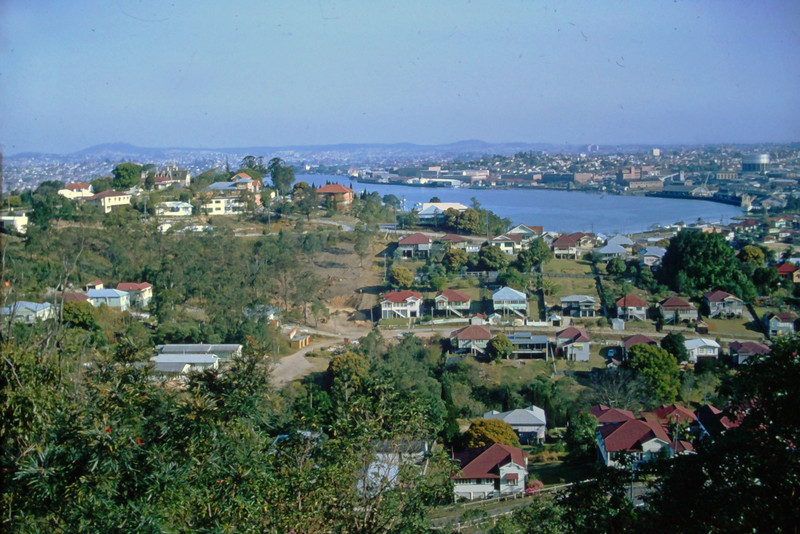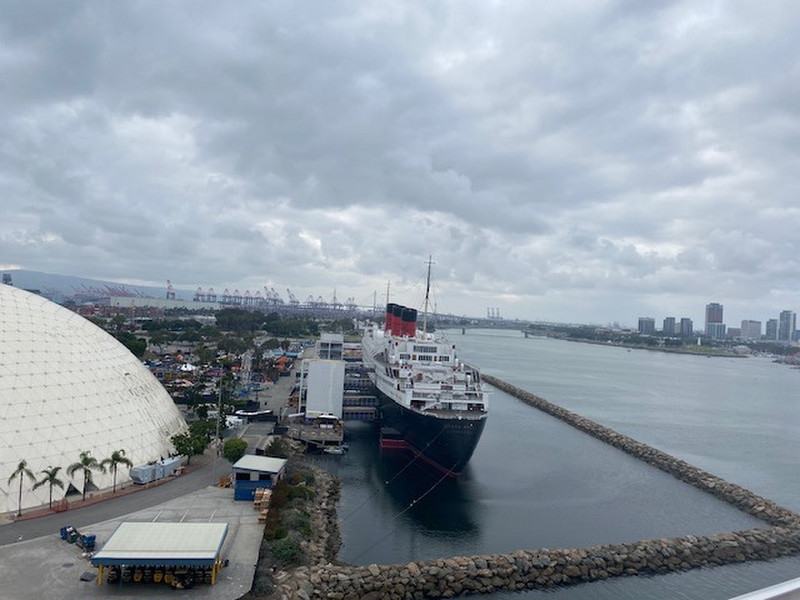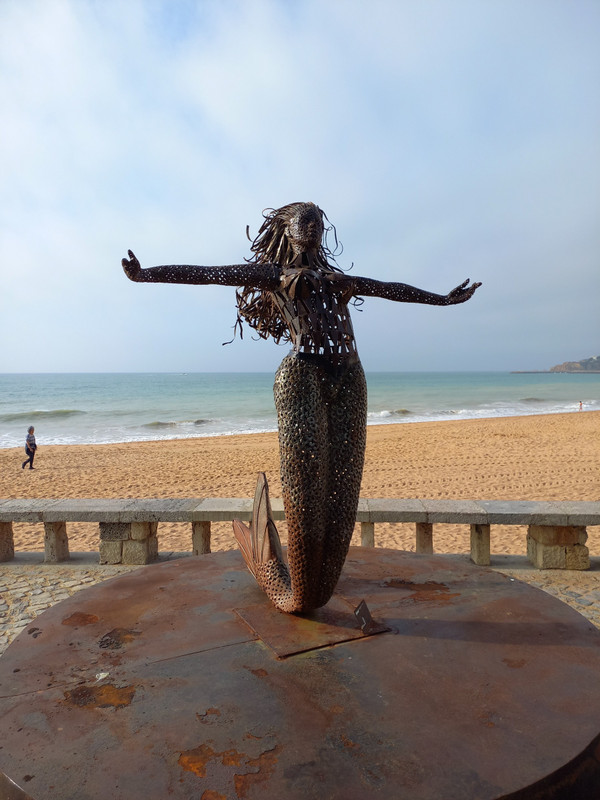Rising from the remnants of Pier 54, Little Island sits on a site that has played a pivotal role in the story of the Hudson River and its surrounding communities.
The land of Hudson River Park, where Little Island is located, was once home to the Lenape tribe during the early colonization of America. The Lenape used the park land as a seasonal encampment for hunting and fishing, in addition to conducting trade along the Hudson River.
The 19th and 20th centuries saw the Hudson River waterfront transform into a busy port of entry. Between 1910 and 1935, Pier 54 operated the British Star line, serving as a point of departure and return for ocean liner voyages. In 1912, survivors from the famed Titanic disaster arrived to safety at Pier 54 while aboard the RMS Carpathia rescue liner.
In 1915, the RMS Lusitania departed from Pier 54, only to be sunk by German off the coast of Ireland five days later as a casualty of World War I.
The pier eventually fell into disuse until the 1970s to the early 80s, when Pier 54–along with other piers south of
Chelsea–became a safe haven for New York Citys growing Here, they could openly socialize without fear of harassment and discrimination. In 1986, Pier 54 became home to the annual Dance on the Pier event. For over 25 years, the event took place at the pier as part of the Pride festivities. Pier 54 eventually became part of the Hudson River Park in 1998, where it also served as a venue for summer events and concert series.
In 2012, Hurricane Sandy hit New York Citys coastline, heavily damaging several piers along the Hudson, including Pier 54.
In 2013, Barry Diller of the Furstenberg Family Foundation, in partnership with Hudson Rivet Park Trust with leadership, embarked on the unique opportunity to envision a solution for the repair and reactivation of Pier 54, recently damaged by Hurricane Sandy. Diller chose to reimagine an entirely new type of public space for New York, one that would create an immersive experience with nature and art.
Travelmates near
